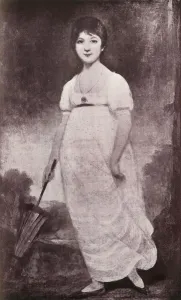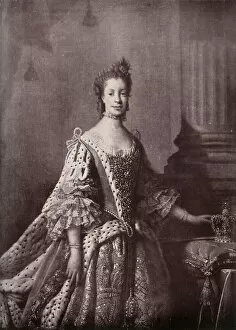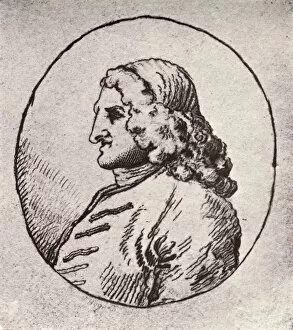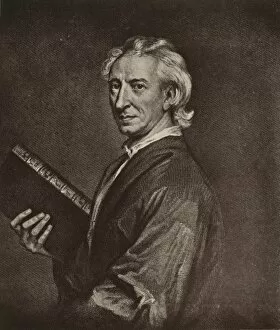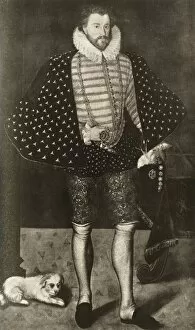C R L Collection
"C R L: A Glimpse into the Lives of Historical Figures" Step back in time with these captivating portraits from various eras
All Professionally Made to Order for Quick Shipping
"C R L: A Glimpse into the Lives of Historical Figures" Step back in time with these captivating portraits from various eras, shedding light on the lives and legacies of notable individuals. From Jane Austen's literary brilliance to Sir Robert Peel's political prowess, each figure has left an indelible mark on history. Transport yourself to 1789 as you delve into Jane Austen's world, where her timeless novels continue to captivate readers even today. Meanwhile, Sir Robert Peel, Bart. , a prominent statesman in 1838, shaped British politics with his innovative policies that laid the foundation for modern policing. Marvel at Charlotte Sophia of Mecklenburg-Strelitz's elegance and grace as Queen Consort during George III's reign from 1761-1762. Her influence extended beyond mere aesthetics; she played a significant role in shaping court culture during this pivotal period. Discover John Wilkes' impact on society circa 1769 - a radical journalist whose writings challenged authority and championed freedom of speech. His boldness paved the way for future advocates of civil liberties. Horace Walpole, Fourth Earl of Orford (1919), stands out among his contemporaries due to his eclectic tastes and contributions as a writer and art collector. Immerse yourself in his Gothic novel "The Castle of Otranto" or explore Strawberry Hill House – his architectural masterpiece that still mesmerizes visitors today. Henry Fielding (1919) takes center stage as one of England's greatest playwrights and novelists. His works such as "Tom Jones" showcased wit, satire, and social commentary that resonated with audiences then –and continues to do so now. John Evelyn (c1687) offers us a glimpse into life during the late seventeenth century through Thomas Bragg's artistic lens. As an author and diarist known for chronicling events like The Great Fire of London, Evelyn's writings provide invaluable insights into this transformative period.

